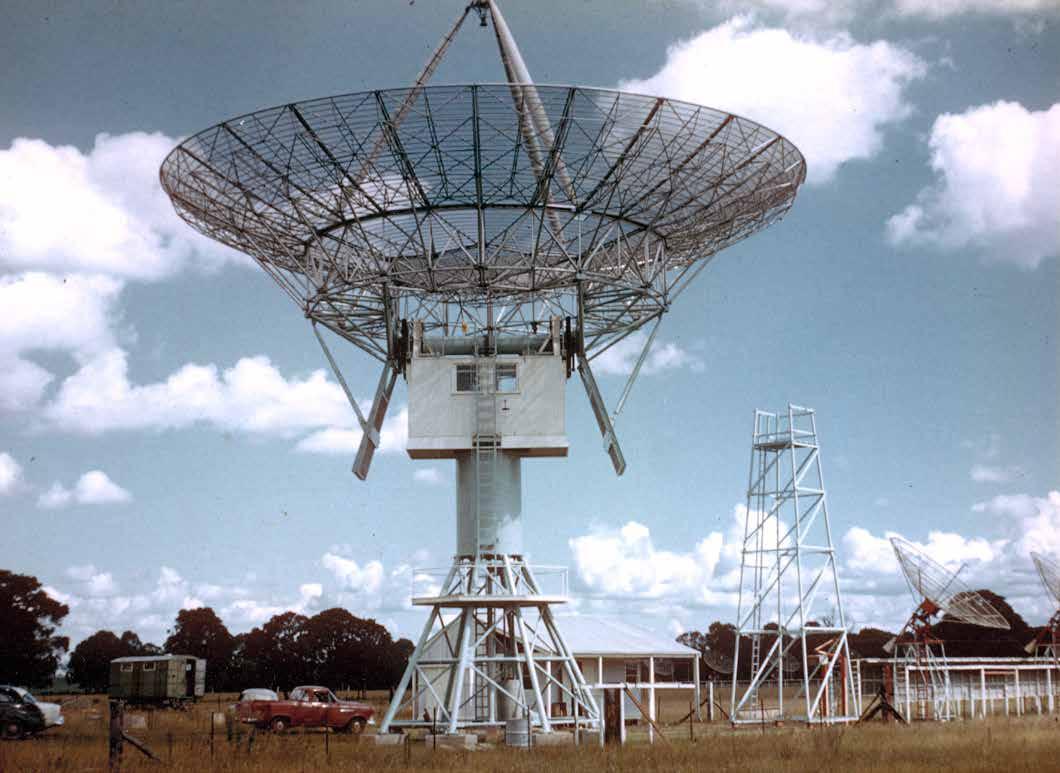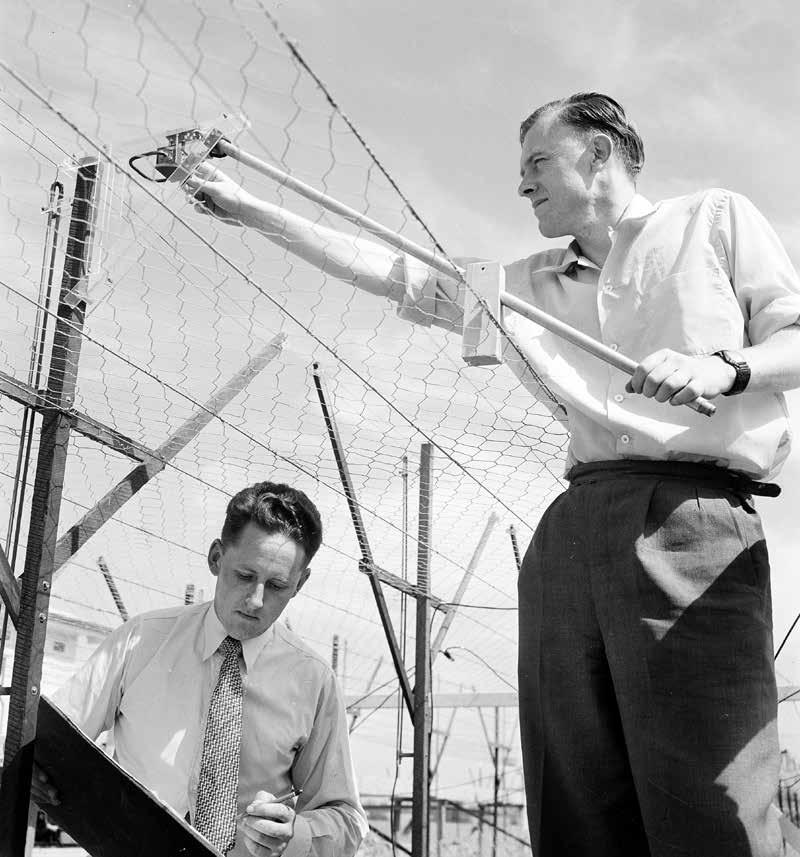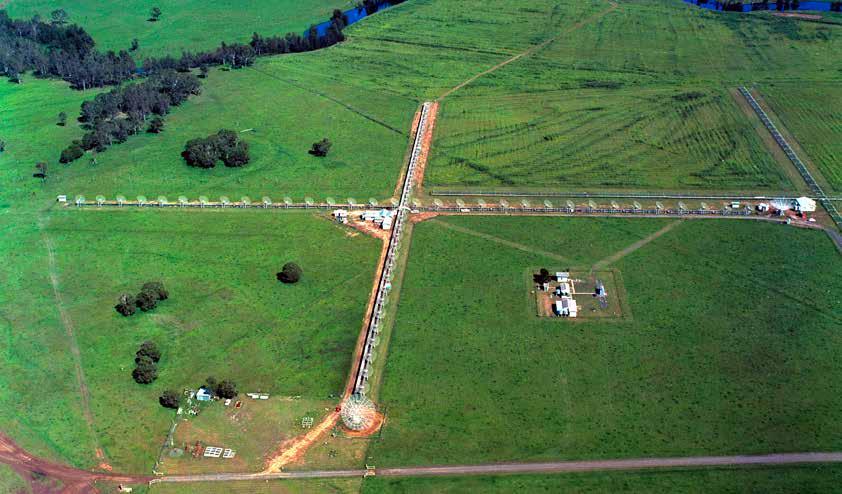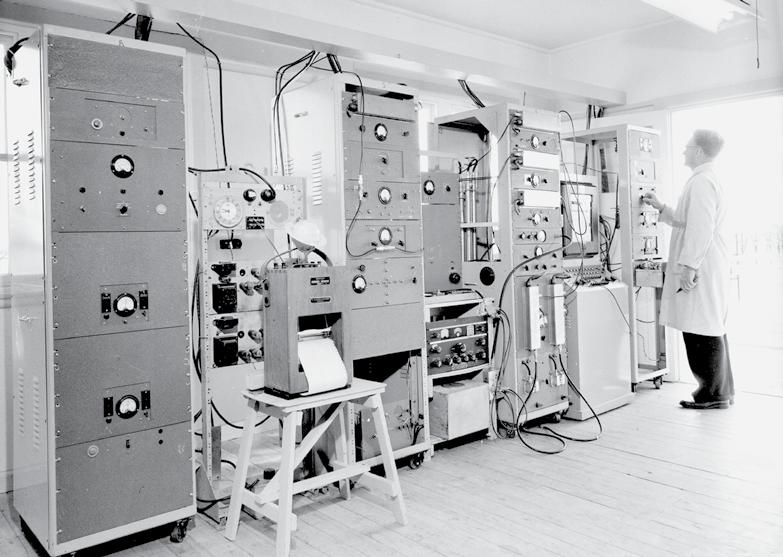
2 minute read
OUR PLACE IN HISTORY
The Chris Cross, Image Credit: CSIRO Radio Astronomy Image Archive
The Fleurs Telescope Site
Advertisement
While the town of Parkes is well known for the role of its “dish” in space exploration, few people realise that one of Australia’s most important radio astronomy sites is located right here in Penrith. The Fleurs telescope site on Mamre Road, Kemps Creek was once considered one of the world’s leading astronomy field stations. Fleurs was home to three innovative radio telescopes, the Mill Cross, Shain Cross and the Chris Cross.
WHAT IS A RADIO TELESCOPE?
A telescope that is designed to receive radio waves from space. They allow us to map out galaxies that are impossible to view using visible light and optical telescopes.
THE MILLS CROSS
The Mills Cross radio telescope was the invention of Australian Bernie Mills and boasted narrow N-S and E-W arrays of dipoles (magnetic poles) about 450m long, arranged in a cross configuration. Between 1954 and 1957, the Mills Cross was used to carry out a detailed survey of the sky and recorded more than 2,000 sources of radio emission. Most of them were extragalactic (coming from other galaxies!) and these had a big impact on how we understand the structure of the universe.

Bernie Mills and Alec Little taking measurements at the Mills Cross, 1954
CSIRO Radio Astronomy Image Archives
THE SHAIN CROSS
The Shain Cross, named for Alex Shain, a pioneer of Australian radio astronomy, was created in 1956. The Shain Cross was used to carry out a survey of the galactic plane and monitor radio emissions from Jupiter. Studying Jupiter’s radio waves is how we know that it rotates once every ten hours and that it has a magnetic field.
THE CHRIS CROSS
The Chris Cross designed by Dr W N Christiansen and completed in 1957, was the first radio telescope to generate daily two-dimensional high-resolution radio pictures of the Sun.

Aerial view of the Fleurs Synthesis Telescope, 1969
CSIRO Radio Astronomy Image Archive
After the Fleurs Synthesis Telescope was closed in 1988, the site passed to the Engineering Faculty at the University of Western Sydney and for some years was used as a teaching facility.
In 1963, the Fleurs’ 18m antennae was moved to Parkes to be used with its radio telescope, and the Fleurs site and remaining equipment were presented to the University of Sydney. During the 1970s, staff and graduate students from the School of Electrical Engineering set about constructing the Fleurs Synthesis Telescope (FST). When used with the Chris Cross, this was one of the most powerful radio telescopes in the world. It was used for detailed studies of large radio galaxies, supernova remnants and emission nebulae (clouds of interstellar gas and dust that emit light in different colours).

Equipment inside the Receiver Hut, 1954
CSIRO Radio Astronomy Image Archive
Penrith’s three radio telescopes, used to achieve groundbreaking research, are an important part of both local and international astronomical heritage. Penrith’s achievement in this field is a testament to our City’s commitment to continual improvement, an attribute that is still evident today in the many future focused initiatives taking place across our City. Now, as in the past, Penrith forges ahead.




